Bloomington puts first installment of opioid settlement money toward downtown outreach, matching grant for substance abuse treatment
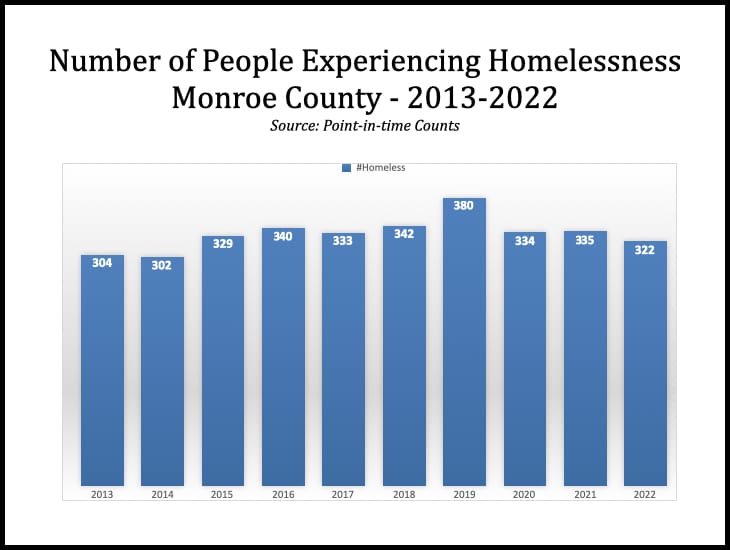
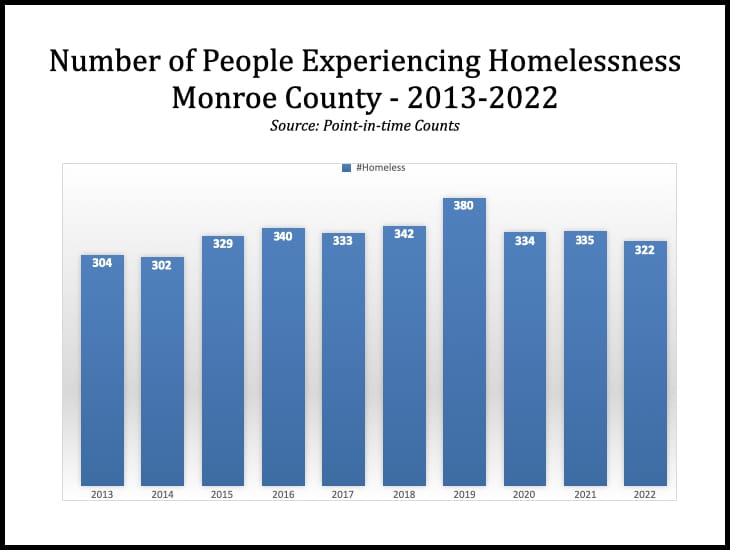
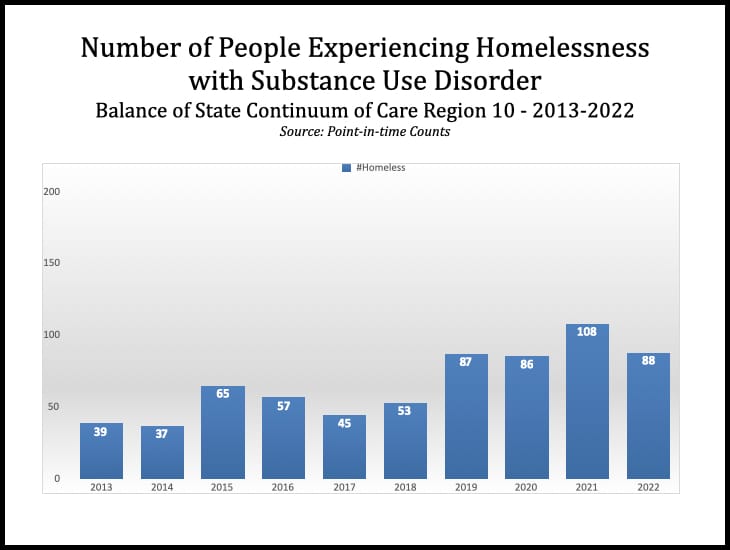
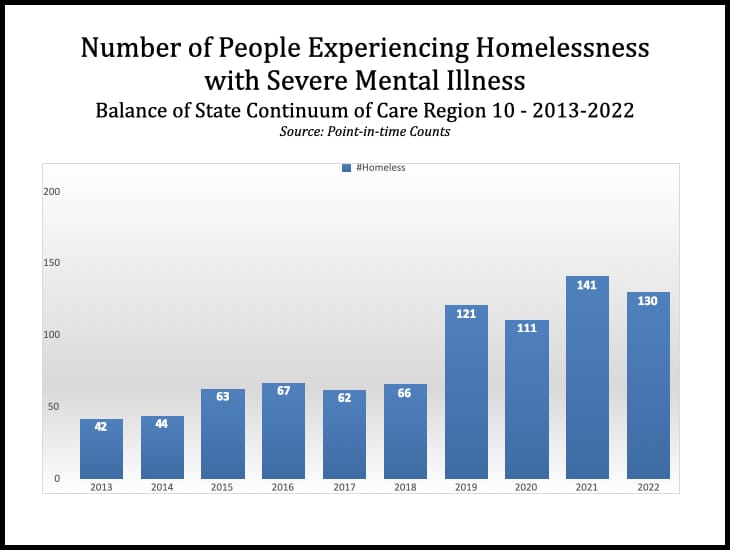
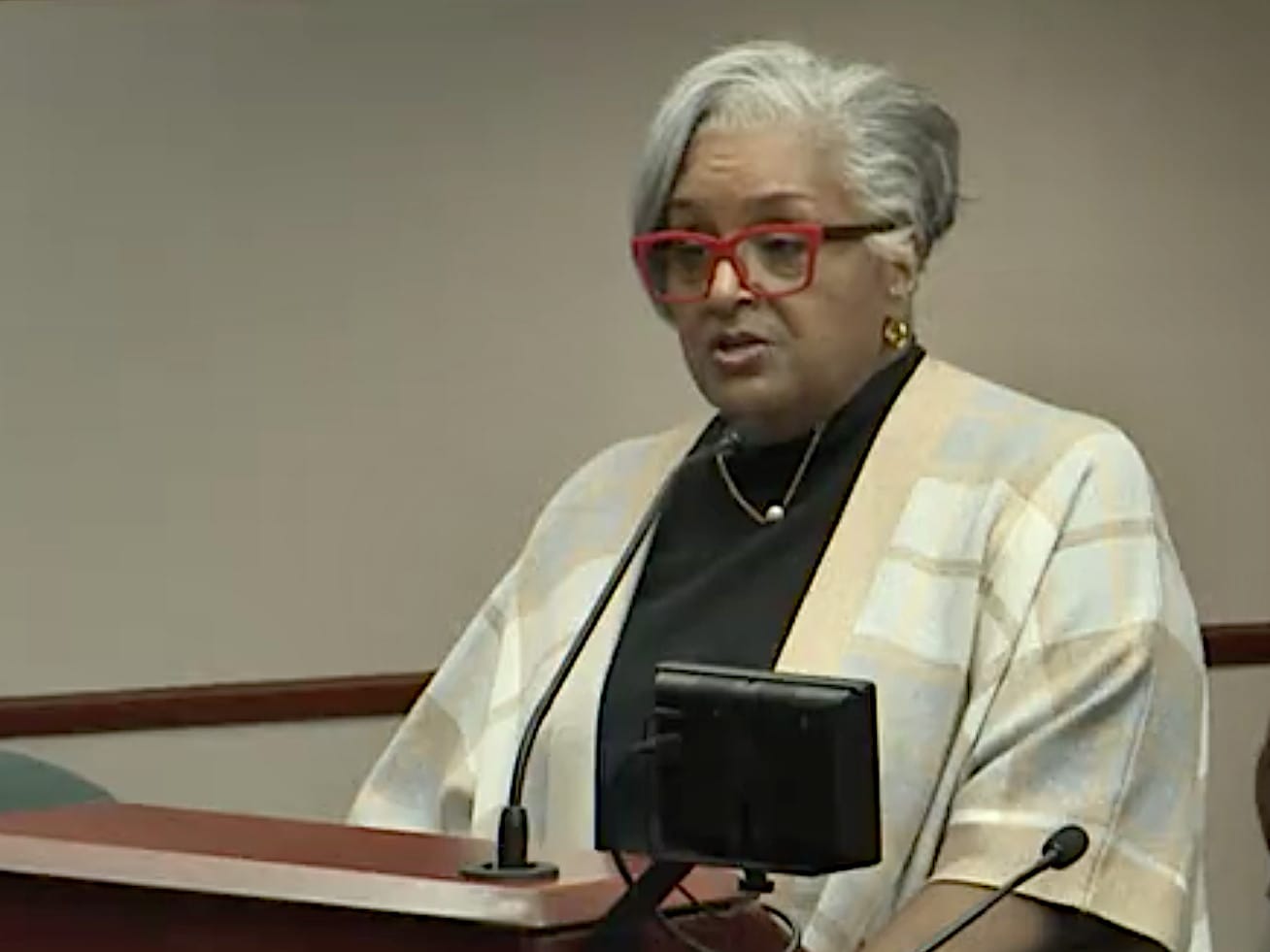
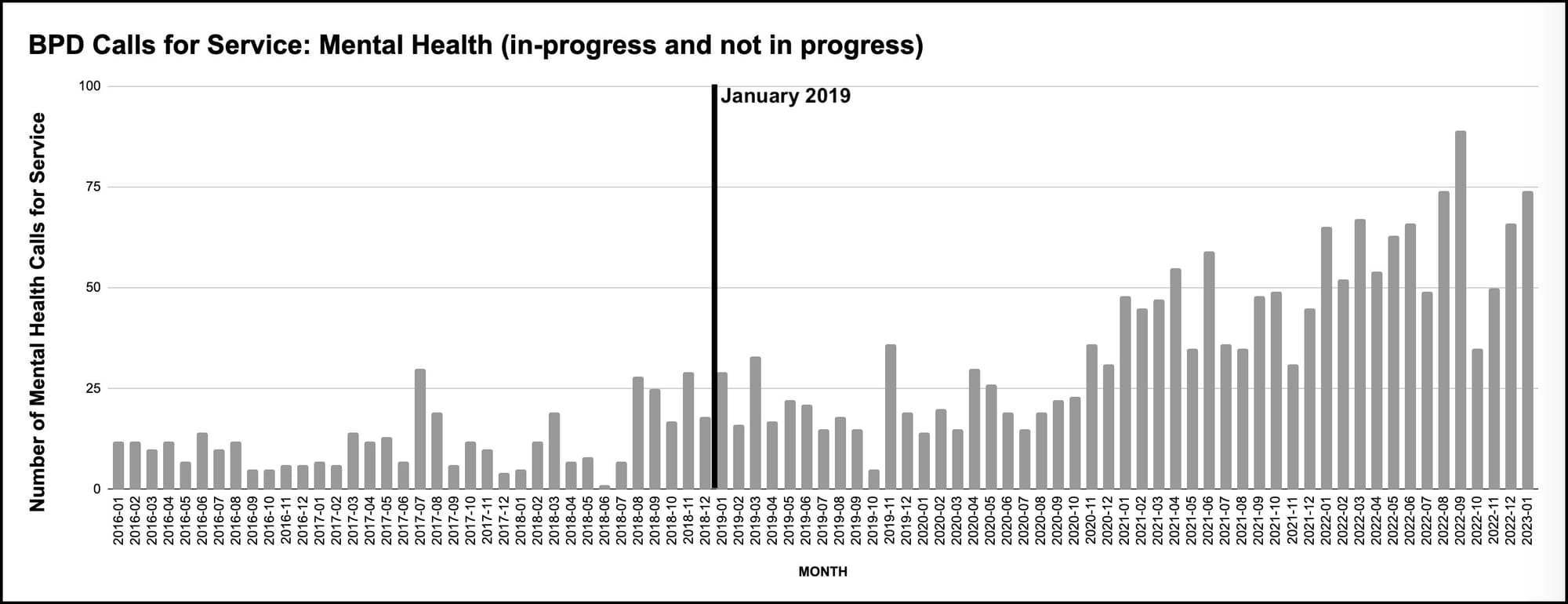
At its Tuesday meeting, Bloomington’s city council approved the appropriation of $391,906—to address substance abuse, outreach to the houseless community, and other programs to be determined by the city’s community and family resources department (CFRD).
The money came from the proceeds of a global settlement in a class action lawsuit that was filed against several pharmaceutical companies. More than 2,000 federal lawsuits, including the joint action filed in February 2018 by Monroe County and Bloomington, were consolidated in the Northern District of Ohio.
The amount appropriated on Monday ($391,906) was the total paid to the city of Bloomington in 2022 through the opioid settlement. That total was made up of $315,334 in restricted funds and $76,572 in unrestricted funds.
The restricted funds have to be spent on treatment, prevention, and care for substance use disorder.
As a part of the opioid settlement agreement, Bloomington is supposed to receive a total of about $1.95 million over a period of 18 years.
On Tuesday, the presentation of the appropriation request was made to the city council by CFRD head Beverly Calender-Anderson.
Here’s the breakdown for the $391,906 total that was appropriated by the city council on Wednesday:
- $100,000 to make the match for a grant from Indiana’s Family and Social Services Administration (FSSA) to address substance use disorder in Monroe County;
- $70,500 to make up the difference between the $250,000 in the city’s budget for this year’s downtown outreach grants and the $320,660 in total requests for grants from different nonprofits; and
- $221,406 to to spent by Bloomington’s CFRD “to address similar community needs” in a way that follows local, state and federal law.
The FFSA matching grant is described in the council’s meeting information packet as paying for a naloxone supply and education program, a well as a “drug, medication and syringe disposal apparatus.” The grant is also supposed to include educational resources on the proper disposal of medications and syringes.
From the public mic, Greater Bloomington Chamber of Commerce president and CEO Eric Spoonmore asked about part of the appropriation that involves syringes.
Spoonmore described a recent $25,000 appropriation by the Monroe County council for the Indiana Recovery Alliance to purchase syringes. When Spoonmore was a member of the county council, he’d approved similar appropriations, but said that kind of program “was sold to us as a syringe exchange program,” Spoonmore said. He added, “The idea was, you would bring in a used syringe and get a clean one back.”
Spoonmore reported to the city council on Tuesday that he’d learned that last year 265,000 syringes were distributed with the county’s $25,000 grant, but only 708 were returned. Spoonmore concluded, “About 264,000 syringes were unaccounted for.”
Also raising a question about syringes from the public mic was Randy Cassady with Cassady Electrical Contractors. Cassady said that his technicians often find used syringes at job sites. He took some syringes to the county health department to check if those were syringes that had been distributed, but he’d been told there’s no way to tell. Cassady wanted to know if there’s anyway to flag the syringes that are distributed with such programs, so that when they’re found, their origin is known.
The list of eligible programs for opioid settlement expenditures includes the expansion of syringe distribution programs.
But Calender-Anderson said that the FSSA grant was focused not on expansion of the syringe distribution program, but rather disposal. She noted that concerns had been raised about syringes being left on the streets. So the money is supposed to be used to provide ways to dispose of syringes and to educate people about that, Calender-Anderson said.
Also speaking from the public mic was Forrest Gilmore, who is executive director of Beacon, Inc. He thanked the city council for making the allocation, because the city’s downtown outreach grants support Beacon’s street outreach program, Gilmore said.
Gilmore took the occasion to brief the Bloomington city council on the population numbers for people who are experiencing homelessness in Bloomington. The number has been about the same, between 320 and 340, going back to about 2015, Gilmore said. He called the idea that homelessness is “exploding or skyrocketing” a “myth.”
What has increased, Gilmore said, is the number of people experiencing homelessness in the Bloomington area who have a substance use disorder or who claim they have a severe mental illness. Those increases start to show up in 2019, Gilmore said.
An increase in reported mental illness among those experiencing homelessness starting in 2019 is consistent with the trend for monthly calls for service to Bloomington’s police department. For the three years from 2016 to 2018, the average number of mental health calls for service was around 11. In 2019, the monthly average was around 20.
And over the last three years, from 2020 to 2022, the monthly average of mental health calls for service was around 43.




Comments ()